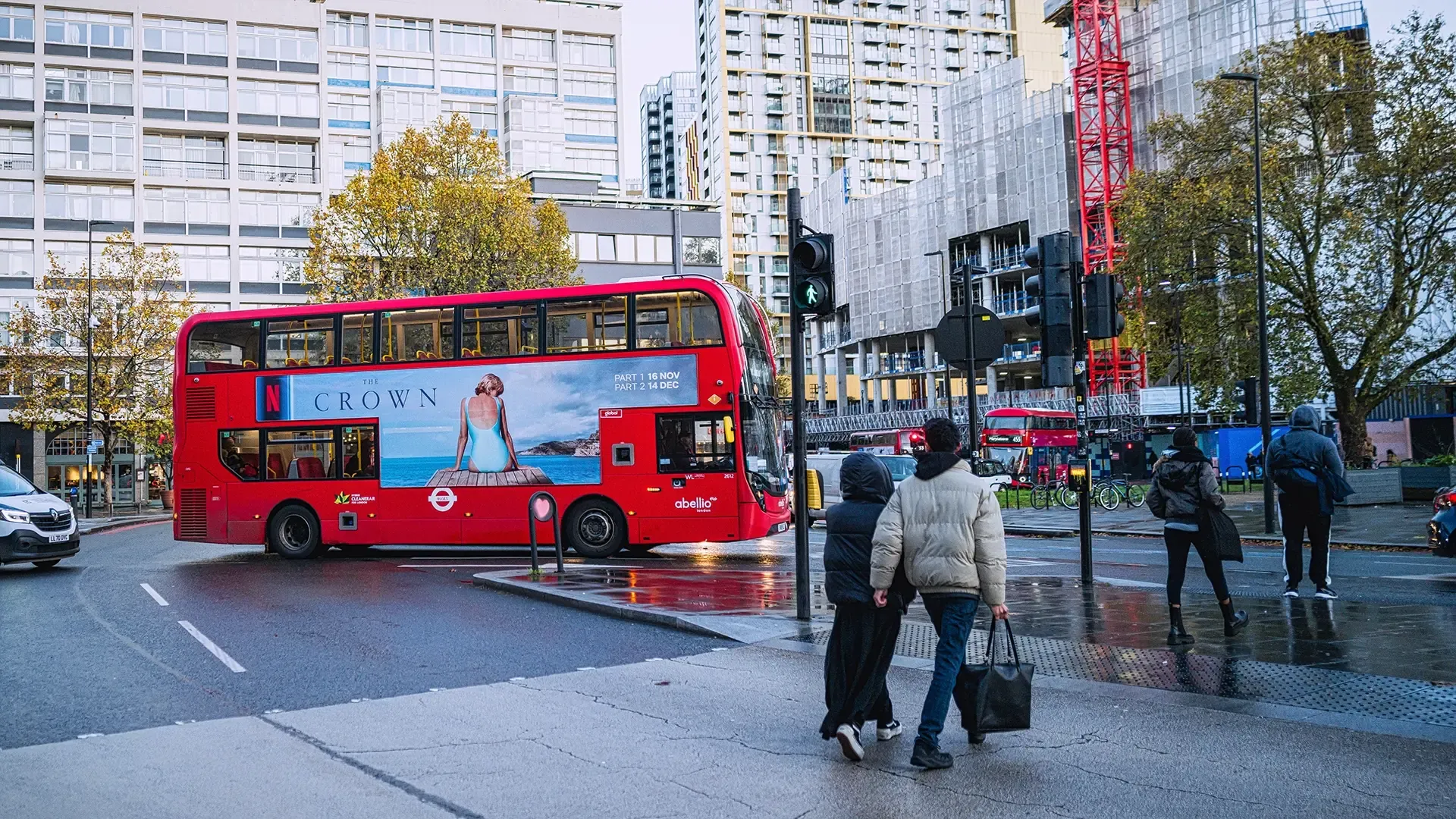In a fast-paced metropolis like London, where millions traverse the city daily, outdoor advertising presents a golden opportunity for brands to engage with audiences. Among the various formats available, London bus advertising stands out as a highly effective, mobile, and cost-efficient marketing strategy. Whether fully wrapped in eye-catching branding or featuring strategic panel placements, buses offer unparalleled exposure to diverse demographics, maximising brand visibility and recall.
Why London Bus Advertising?
1. Extensive Reach and High Frequency
London’s public transport system is one of the most sophisticated and widely used networks in the world. With over 6 million bus journeys taken every day, advertising on London buses ensures that a brand’s message is seen consistently, reaching pedestrians, motorists, and passengers alike. Unlike static billboards, which are limited to specific locations, buses move across the city, taking campaigns directly to the public.
2. High Engagement and Brand Recall
London bus advertising benefits from the natural visibility of moving objects, which inherently draw attention. Research indicates that bus advertisements achieve a 77% recall rate, meaning people are more likely to remember brands advertised on buses compared to other forms of outdoor advertising. This high retention can be attributed to the frequent exposure as buses travel through high-traffic areas, reinforcing brand messaging over time.
3. Cost-Effective Mass Exposure
Compared to TV, radio, or digital advertising, bus campaigns offer a lower cost per thousand impressions (CPM) while ensuring continuous exposure. The longevity of bus advertising—typically running for weeks or months—further enhances its value, making it an attractive option for businesses looking to maximise their marketing budget. Unlike digital ads that require ongoing budget adjustments and bidding strategies, a bus ad maintains visibility without the risk of being skipped or blocked.
4. Geographic and Demographic Targeting
London’s bus network covers all key locations, from business districts like Canary Wharf to high-footfall retail areas like Oxford Street, allowing brands to strategically place their advertisements where their target audience is most likely to see them. Additionally, brands can select specific bus routes that align with their target demographics—whether it’s professionals commuting to work, students traveling to universities, or tourists exploring London’s iconic landmarks.
5. Complements Digital and Multi-Channel Campaigns
Outdoor advertising is no longer a standalone medium—it plays a crucial role in integrated marketing strategies. By combining bus advertising with digital initiatives, brands can create a seamless customer journey. Incorporating QR codes, NFC-enabled touchpoints, social media hashtags, or geotargeted mobile ads into bus campaigns enables brands to bridge the gap between offline and online engagement, increasing consumer interactions and conversions.
How Brands Can Leverage London Bus Advertising
1. Full Bus Wraps for Maximum Impact
A full bus wrap transforms an entire vehicle into a moving billboard. This format ensures maximum visibility and impact, making it ideal for high-profile brand awareness campaigns. Luxury brands, tech companies, and entertainment promotions often use this format to create unmissable city-wide exposure.
2. Side Panels and Rear Bus Ads for Targeted Messaging
For brands looking for more cost-effective options, side panels and rear bus advertisements offer strategic visibility. These formats ensure eye-level engagement for pedestrians at bus stops and motorists stuck in traffic. The rear panel is particularly effective during peak hours when buses remain stationary at red lights, ensuring prolonged exposure.
3. Route-Based Targeting for Precision Marketing
Bus routes can be selected based on the target audience’s habits and locations. For instance:
- Fashion and retail brands can focus on routes passing through shopping districts.
- Financial services and corporate brands can target routes heading towards business hubs.
- Entertainment and hospitality industries can prioritize routes near nightlife and tourist areas.
4. Daypart Advertising for Optimal Exposure
Brands can align their bus advertising campaigns with peak commuter hours to optimise visibility. Morning and evening rush hours see the highest volume of commuters, increasing the likelihood of engagement. This strategy is particularly useful for brands promoting daily essentials, coffee shops, or transport services.
5. Combining Bus Ads with Social and Digital Retargeting
Brands can amplify their bus advertising efforts by using geotargeted mobile ads, influencer collaborations, and user-generated content campaigns. Encouraging consumers to take photos of bus ads and share them on social media with branded hashtags can significantly extend campaign reach beyond physical visibility.
London bus advertising remains one of the most effective forms of outdoor media, offering brands unparalleled reach, high recall, and cost-efficient engagement. Whether reinforcing brand identity, launching a new product, or driving direct action, this format ensures widespread visibility across multiple audience segments. By incorporating creative design, strategic route planning, and digital integration, brands can transform everyday commutes into powerful marketing touchpoints, ensuring long-lasting impact in one of the world’s busiest cities.
